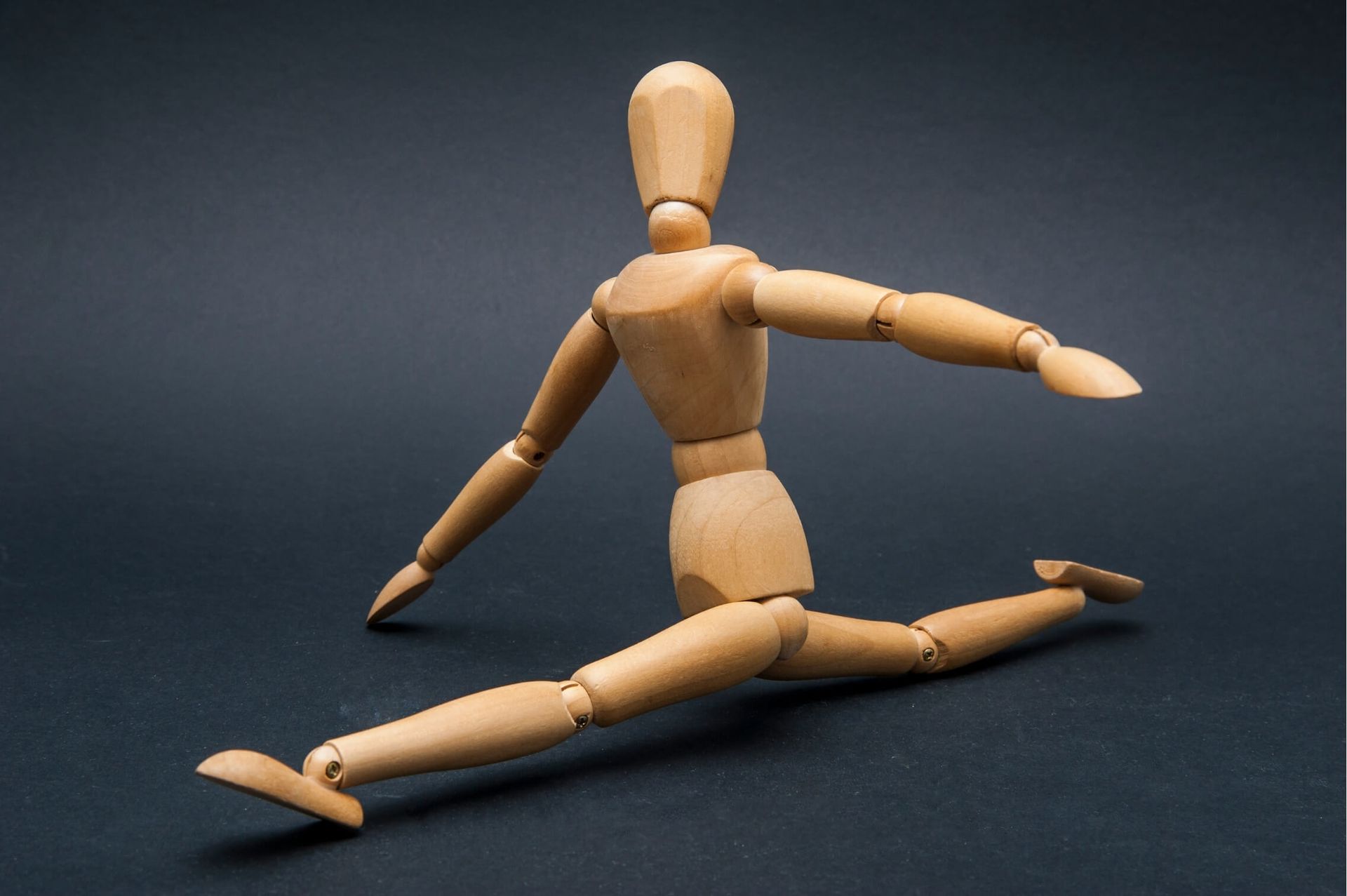Blog, Physiotherapy
Flexibility AND Mobility: Why You Need Both for Injury Prevention

When it comes to movement, two key factors play an important role in your overall health and performance: BOTH flexibility and mobility.
While these terms are often used interchangeably, they are separate concepts that contribute to your body’s ability to move well and without pain.
Understanding the difference between flexibility and mobility—and how both impact injury risk—is essential for everyone, from athletes to office workers.
What’s the Difference Between Flexibility and Mobility?
While related, flexibility and mobility are not the same:
- Flexibility refers to the ability of a muscle, tendon, nerve and joint to lengthen passively. It determines how far you can stretch without resistance. A good example is how far you can reach down to touch your toes in a standing hamstring stretch.
- Mobility refers to how well our muscles and joints actively move through their full range of motion. It depends on flexibility, but also on strength, stability, and motor control. For example, a deep squat requires not only flexible hip and ankle muscles but also strong, stable hips and knees that allow for smooth movement.
How Can Flexibility and Mobility Impact Injury Risk?
Having too much flexibility without adequate mobility can lead to instability, making joints more prone to injury.
On the other hand, having poor flexibility can create stiffness and compensation patterns that increase the risk of strains, sprains, and overuse injuries.
Common Injuries Related to Poor Flexibility and Mobility
- Muscle strains: Tight restricted muscles are more prone to overstretching and tearing.
- Joint pain and stiffness: Limited mobility can lead to improper movement mechanics, increasing stress on joints.
- Tendonitis and overuse injuries: Compensation due to restricted mobility can overload certain muscles and tendons, leading to chronic pain.
- Postural issues and back pain: Poor mobility, particularly in the hips and shoulders, can contribute to poor posture and spinal discomfort.
How Physiotherapy Can Help Improve Flexibility and Mobility
A physiotherapist plays a crucial role in assessing and improving both flexibility and mobility through targeted treatments and exercises.
Here’s how:
- Manual Therapy for Joint and Soft Tissue Mobilisation
Physiotherapists use hands-on techniques such as:
- Joint mobilisations to improve range of motion and reduce stiffness.
- Myofascial release and trigger point therapy to release tight muscles.
- Dry needling to alleviate muscle tension and improve flexibility.
- Stretching and Strengthening Exercises
For Flexibility: Passive and active stretching techniques help lengthen muscles and improve their elasticity.
Examples include:
- PNF (Proprioceptive Neuromuscular Facilitation) stretching – A technique where a muscle is contracted before being stretched to enhance flexibility.
- Static stretches – Holding a position for 20-30 seconds to gradually increase muscle length.
For Mobility: Functional exercises focus on active movement patterns that enhance joint motion. Examples include:
- Dynamic stretches (e.g., lunges with a twist, arm circles).
- Controlled Articular Rotations (CARs) to strengthen joints through their full range.
- Foam rolling to improve tissue elasticity and movement efficiency.
- Movement Re-education and Functional Training
A physiotherapist can assess movement patterns and retrain the body to move correctly. For example:
- Teaching proper squat mechanics to prevent knee and lower back injuries.
- Correcting postural imbalances that contribute to shoulder or neck pain.
- Strengthening stabilising muscles (e.g., glutes, core) to enhance control during movement.
Final Thoughts
Both flexibility and mobility are crucial for maintaining pain-free movement, preventing injuries, and optimising performance in daily life and sports.
While flexibility helps with muscle lengthening, mobility ensures that joints can move efficiently under control. If you experience stiffness, tightness, or recurrent injuries, seeing a physiotherapist can help address underlying issues and guide you toward better movement health.
If you’re struggling with limited flexibility or mobility, book an appointment with a physiotherapist to get a personalised assessment and treatment plan. Your body will thank you!
 |
Written By:
David McCawley (Senior Physiotherapist) Bachelor of Physiotherapy (honours) |


